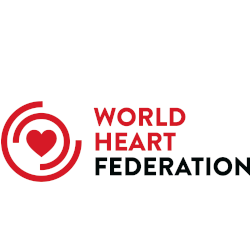Research
Anthropometrical measures are easily obtainable sensitive and specific predictors of insulin resistance in healthy individuals
Abstract
Background: To investigate whether user-friendly anthropometrical variables, i.e., waist circumference (WC) and body mass index (BMI) can properly identify insulin resistance (IR) in healthy subjects.
Methods: A cross-sectional study was carried out with 164 disease-free subjects (78 males and 86 females aged 22–50 years) recruited from hospital staff in Barcelona (Spain) over a period of one year. BMI, WC, blood pressure, total cholesterol, triglycerides, HDL-cholesterol, glucose and insulin were measured by standard methods. IR was defined as homeostasis model assessment (HOMA)-IR equal to or greater than 3,8.
Results: The prevalence of IR was 29.9% (males 39.5%, females 21.8%; P=0.017). Multiple stepwise linear regression analysis identified WC (r2=0.496; P<0.0005) as the only independent predictor of IR in the whole group. WC (r2=0.499; P<0.0005) was the only variable that predicted IR in men and BMI (r2=0.506; P<0.0005) in women. WC above 88 cm for women and 102 cm for men predicted IR with a sensitivity of 90.9% and 100%, and a specificity of 71.7% and 51.6%, respectively. However, receiving operator characteristics (ROC) curve analysis showed optimal WC values of 106.5 and 97.5 cm for men and women, respectively.
Conclusions: WC is a simple, non-invasive and efficient tool for the screening of IR in the general population. Finally, taking into account that cut-off points of WC are population-specific, it will be of considerable interest to establish the relationship of WC with metabolic complications in all ethnic groups in order to generate useful critical values.


